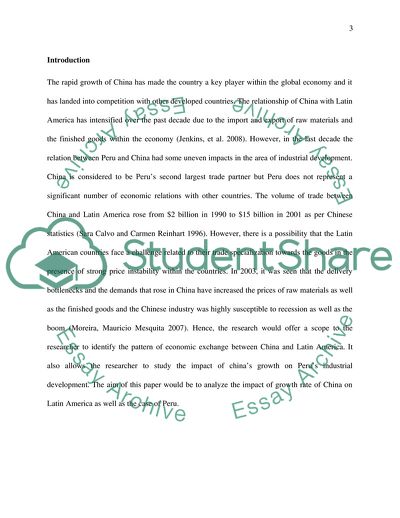Cite this document
(Analysis of Chinas role and impact in Latin America with emphasis on Term Paper, n.d.)
Analysis of Chinas role and impact in Latin America with emphasis on Term Paper. https://studentshare.org/macro-microeconomics/1875055-analysis-of-chinas-role-and-impact-in-latin-america-with-emphasis-on-peru
Analysis of Chinas role and impact in Latin America with emphasis on Term Paper. https://studentshare.org/macro-microeconomics/1875055-analysis-of-chinas-role-and-impact-in-latin-america-with-emphasis-on-peru
(Analysis of Chinas Role and Impact in Latin America With Emphasis on Term Paper)
Analysis of Chinas Role and Impact in Latin America With Emphasis on Term Paper. https://studentshare.org/macro-microeconomics/1875055-analysis-of-chinas-role-and-impact-in-latin-america-with-emphasis-on-peru.
Analysis of Chinas Role and Impact in Latin America With Emphasis on Term Paper. https://studentshare.org/macro-microeconomics/1875055-analysis-of-chinas-role-and-impact-in-latin-america-with-emphasis-on-peru.
“Analysis of Chinas Role and Impact in Latin America With Emphasis on Term Paper”. https://studentshare.org/macro-microeconomics/1875055-analysis-of-chinas-role-and-impact-in-latin-america-with-emphasis-on-peru.


